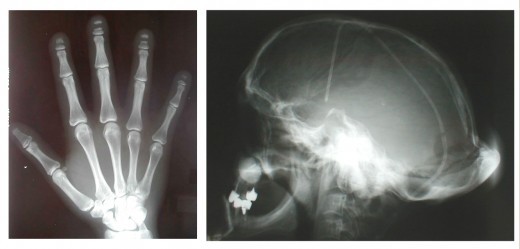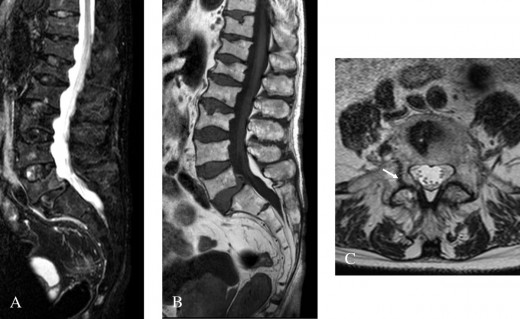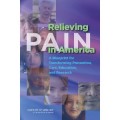Self-Management Programs for Osteoporosis

Osteoporosis is a very common ailment that most people at some point in their life will have to face. This degeneration of the bones is more commonly attributed to the elderly but it can effect people even at a younger age. The basic three types of Osteoporosis are: primary type 1, primary type II or secondary osteoporosis. Primary type 1 affects women usually after they have reached menopause. Primary type II can effect both males and females but occurs mainly after the age of 75, twice as many women will be effected by this type. Secondary Osteoporosis can effect both sexes and develop at any age.
When one develops Osteoporosis it is important that treatment to strengthen muscle and bone begins. Many types of treatment exist, often a combination of treatments may be used. It is also imperative that falls be avoided at all cost as people with Osteoporosis are more prone to bad breaks of the bone and have much more difficulty healing. This article should outline the methods of treatment for osteoporosis, their benefits and hopefully help those who have just been diagnosed with this disease.

Detection Of Osteoporosis
Those with Osteoporosis may not actually know that they has the disease until they experience a broken bone or other bone related incident as there are no real symptoms. Detection can be performed by simple radiography or the more modern method dual energy x-ray absorptiometry, which in layman terms is just simple and detailed x-rays. When lower bone mineral density is identified blood tests and other types of testing may be needed to determine if there is an underlying cause such as cancer or another degenerative problem.
Medications And Treatment For Osteoporosis
A group of medications often prescribed for Osteoporosis is called bisphosphonates. They keep the degradation and regeneration of the bone structure equal thus keeping the bone strong and protected against premature breaks. Some bones in the body respond more readily to the medications than others, in the case of smaller bones other drugs may be used.
Other types of medication often have to do with adjusting or replacing hormones that are absent or on much lower levels in the body. Replacement of estrogen and testosterone has been proven to help the bones regenerate to acceptable density. It should be kept in mind that although many of the medications used can be very beneficial for Osteoporosis they can also have serious side effects. Some have been known to cause blot clots or even stroke, one should educate themselves about possible side effects before agreeing to take any medication.
Nutrition should be considered as well, foods high in vitamin D and calcium should be consumed on a regular basis. This will go a long way to replenishing what your body is losing. Types of exercise should also be part of your daily schedule although as previously noted avoiding falls is paramount. With this in mind discuss with your doctor an appropriate exercise schedule. Often muscle strengthening exercises can help support bones.
Bone Fractures
The level of seriousness varies with each fracture but with Osteoporosis hip, vertebrae, ribs and wrist fractures often occur. The most common breaks are to the wrist the most serious are hip breaks as these have potential to cause internal injuries and often happen to the very elderly.








